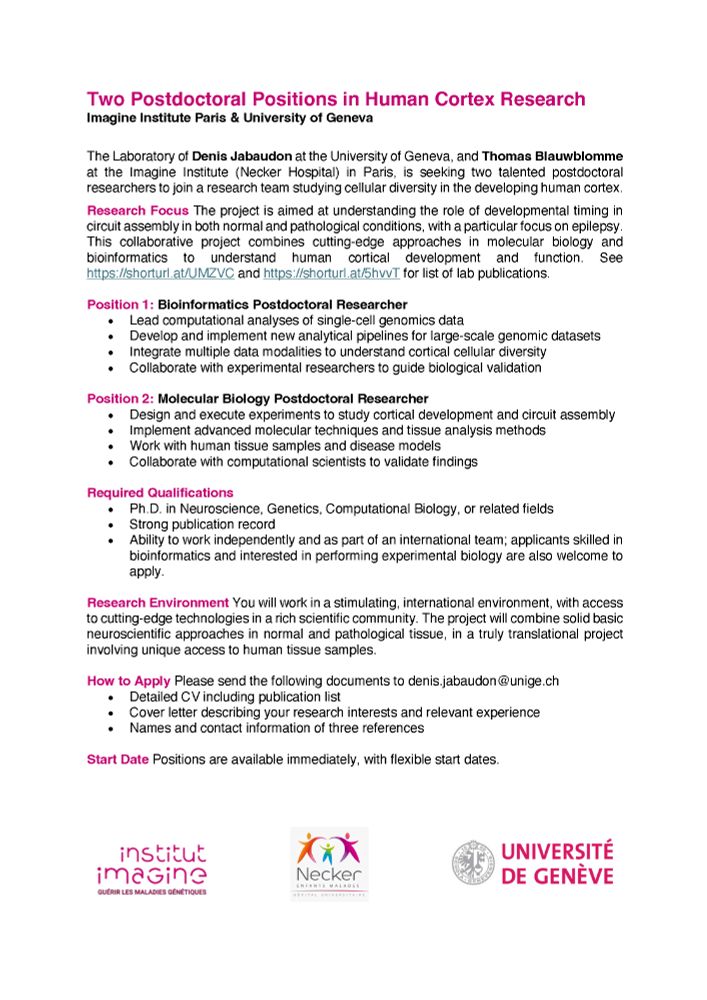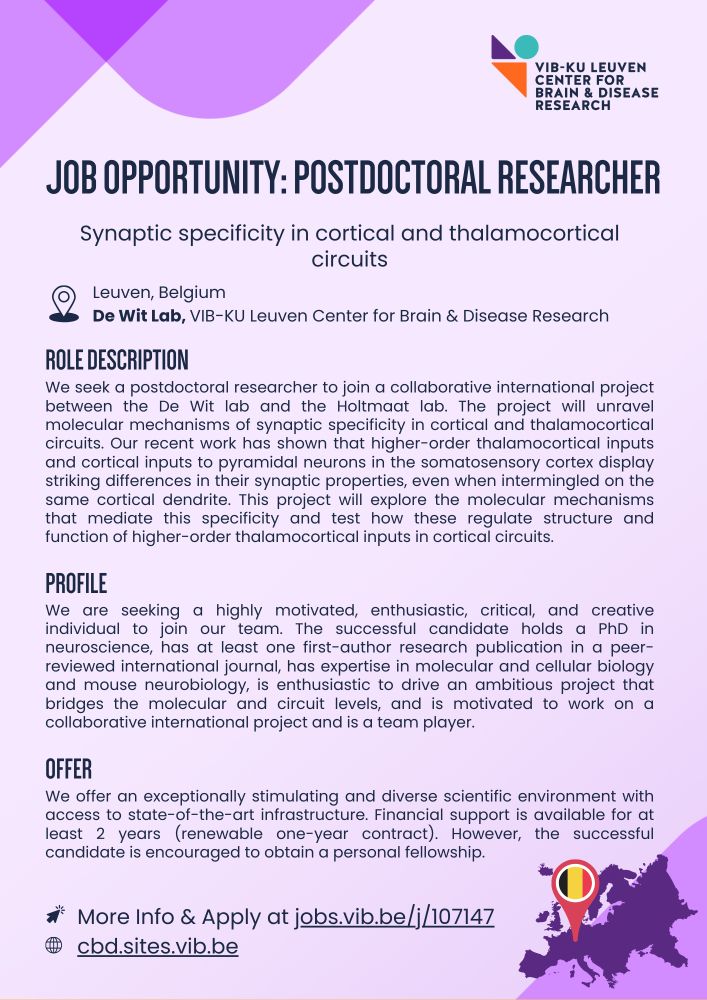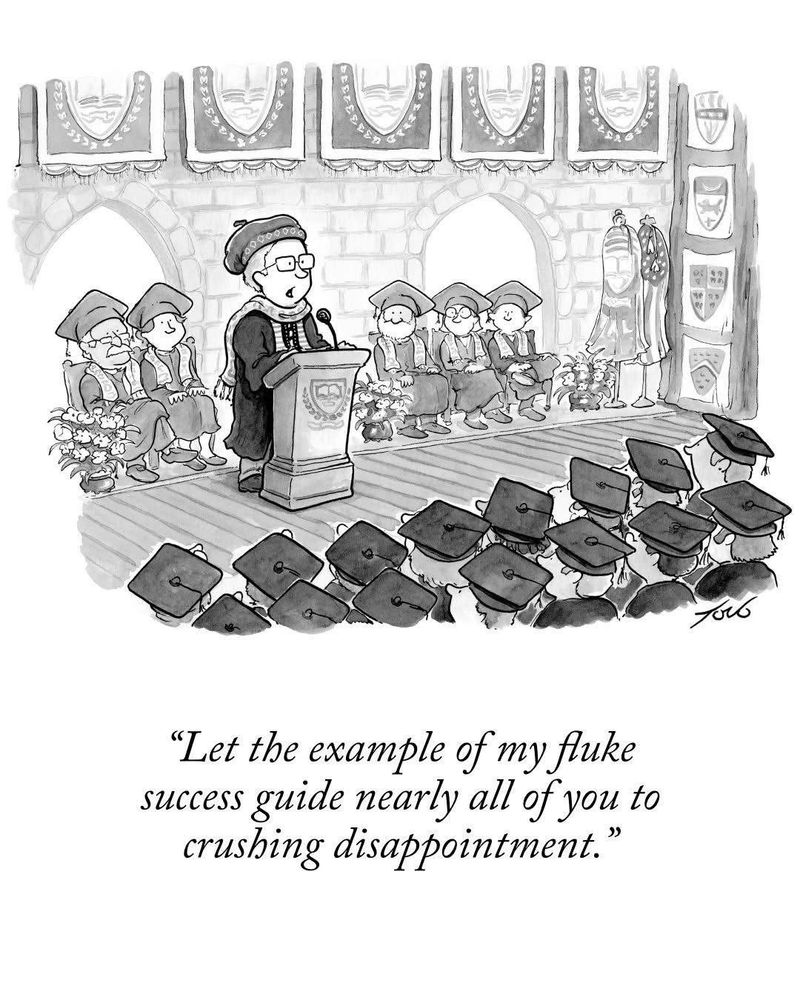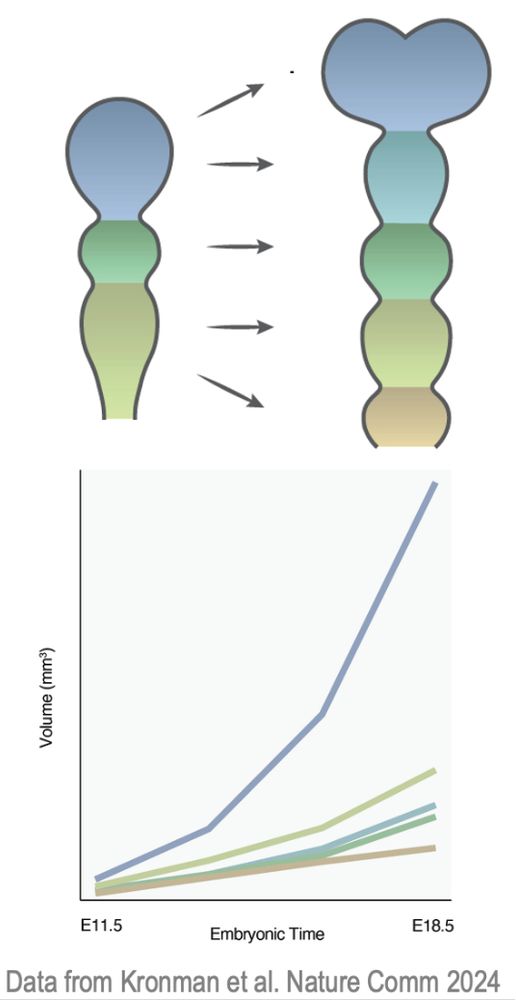Denis Jabaudon
@djabaudon.bsky.social
1K followers
280 following
69 posts
Developmental neurobiologist, neurologist, & evo-devo aficionado. University of Geneva, Switzerland.
Posts
Media
Videos
Starter Packs
Pinned
Denis Jabaudon
@djabaudon.bsky.social
· Jun 4
Reposted by Denis Jabaudon
Reposted by Denis Jabaudon
Cedric Boeckx
@cedricboeckx.bsky.social
· May 28

Choroid plexus apocrine secretion shapes CSF proteome during mouse brain development - Nature Neuroscience
The choroid plexus (ChP) provides molecular cues for brain development. However, the underlying mechanisms are unclear. This study identifies an apocrine secretion mechanism in the ChP that modulates ...
www.nature.com
Denis Jabaudon
@djabaudon.bsky.social
· May 28
Reposted by Denis Jabaudon
Reposted by Denis Jabaudon
Denis Jabaudon
@djabaudon.bsky.social
· May 7
Reposted by Denis Jabaudon
Esther Klingler
@estherkli.bsky.social
· Apr 30
Nature Neuroscience
@natneuro.nature.com
· Apr 30

Single-cell genotyping and transcriptomic profiling of mosaic focal cortical dysplasia - Nature Neuroscience
In this work, the authors performed a single-cell genotyping and transcriptomics analysis, revealing cell-type-specific and nonautonomous effects of mTOR pathway mutations in mosaic focal cortical dys...
www.nature.com
Denis Jabaudon
@djabaudon.bsky.social
· May 5
Denis Jabaudon
@djabaudon.bsky.social
· Mar 25

Shared Neural Codes for Emotion Recognition in Emoji and Human Faces
Facial expressions are critical social signals, essential for human communication. This study used EEG to investigate the neural dynamics of the processing of emotional expressions in real and emoji faces, using a data-driven approach. Across two experiments with identical paradigms, two separate sets of participants viewed facial expressions (happy, angry, sad, neutral) in real faces (4 female and 4 male identities, n = 24) or emojis (6 platforms, n = 25) while performing a two-alternative forced-choice emotion recognition task. Time-resolved multivariate classification and spatio-temporal searchlight analyses revealed robust decoding of emotional expressions within and across experiments. Consistent effects emerged early and peaked between 145-160 ms over posterior-occipital and parietal regions. Notably, robust cross-classification between real and emoji faces demonstrated that face-like emoji stimuli evoke neural responses comparable to those elicited by real faces, with more sustained effects over right posterior sites. These findings suggest that the brain uses overlapping spatio-temporal codes for naturalistic and symbolic facial expressions, providing new insights into the neural coding of social signals and the representational overlap between natural and artificial emotional expressions. ### Competing Interest Statement The authors have declared no competing interest.
www.biorxiv.org
Denis Jabaudon
@djabaudon.bsky.social
· Mar 3

Atypical functional connectome in congenitally blind humans
The cortex is organized along macroscale structural and functional gradients that extend from unimodal to transmodal association areas and from somatosensory to visual regions. It has not been tested ...
doi.org















